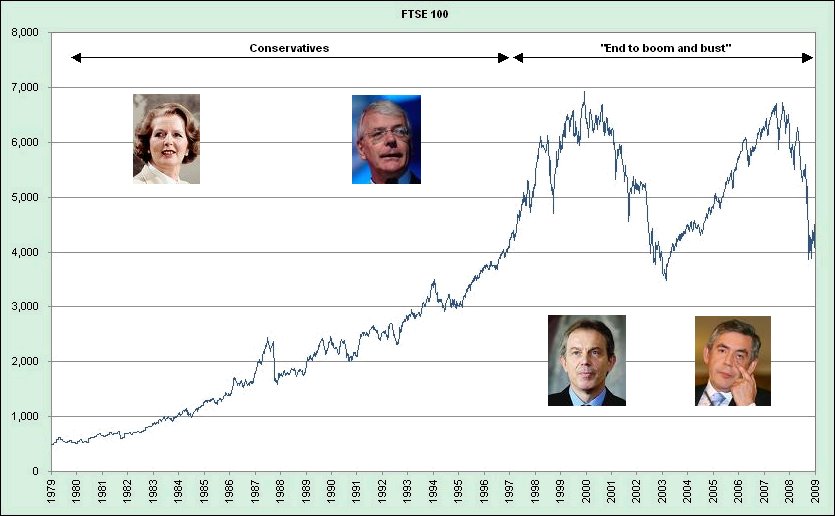Looking at the way German power prices have lagged other commodities over the past couple of weeks, German power looks to be heading into the low €50s/MWh… but NOT higher:
- Gas prices have stalled and open cycled plants still meet peak demand needs inGermany; and
- Coal looks solid given ongoing Chinese coal import data and current difficulties in exporting out of South Africa.
However, upside to the mid-€50s/MWh looks too much of a stretch:
- French supply-demand balances are extremely tight but for transitory reasons;
- South African coal export difficulties are related to the current expansion project which is said to be about to commission (some 4 months late).
- Underlying clean dark spreads look high for the oversupplied power market we are currently experiencing.
So targeting a move to just €51-52/MWh makes sense (5-10% upside from 8th October) but not the 15-20% plus that there might be in some other commodities (from early 8th October).
Open cycle gas plants represent about one-fifth of the price setting merit order. Given the six month lag in contract prices, there could be about a €3-4/MWh rise in the contracted gas price (given the lag in the contracted price, it is easy to predict the German gas price going to €18-19/MWh in 3 months), which would equate to about €2/MWh onto the baseload power price. The gas purchase agreements that the German buyers have with Gazprom are under intense renegotiations currently (the buyers can’t take the volumes they’re contracted to take, let alone at the price they’re contracted at) which I expect to be resolved by reducing volumes whilst maintaining the oil price linkage.
Surging spot prices in France have helped German 2010 prices, but that may wane. Spot prices (within day) have hit several thousand euros per MWh in France as capacity failed to meet forecast levels this week. The week ahead French price is up 22% over the past ten days. This caused power prices to surge and has lifted the forward curve, so the French 2010 baseload contract is now over €6/MWh above the German equivalent. This level of premium is not unprecedented (especially for this shoulder period as demand builds seasonally and stations are slow to come back online from maintenance outages); however, a more usual level would be €2-3/MWh.
Clean dark spreads look a bit generous given the lack of capacity tightness in Germany. Clean dark spreads of around €20/MWh would be needed to justify new coal stations (if operators could get comfortable with the carbon risk) but no-one is racing to build so likely to see downside to the spread.
German power is in strong contango. This though can be explained by the contango in European coal. This does not make sense over the medium-term: (a) China will lift domestic thermal output so will no longer be a significant buyer on the seaborne markets, and (b) expansion plans in South Africa will mean exports rise by around 30mt annualized, and (c) renewables will take any medium-term load growth from fossil fuels. However, Chinese coal imports for September may not have fallen (last datapoint on third chart to be confirmed) and there’s no evidence that the export terminal problems out of South Africa have been resolved (the final chart shows how annualized exports out of South Africa have fallen, although the expansion project is lifting throughput capacity to 92mt). The combination of China importing at an annualized rate of 70-80mt (of thermal coal) and South Africa falling 20-30mt short of annualized supply, is likely to keep European coal prices high despite excessive inventory levels in the UK and Europe.
